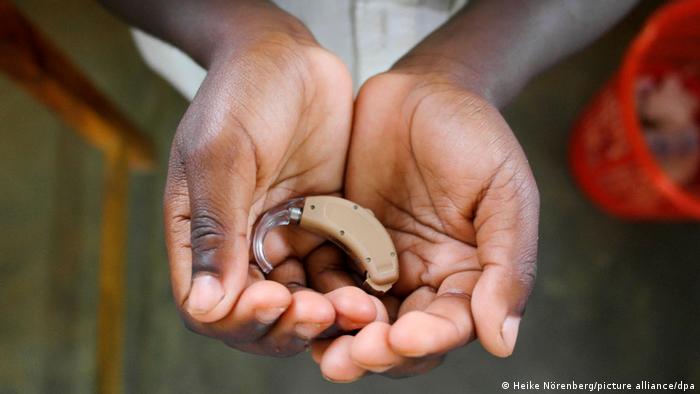A SCOTTISH school boy battled Strep A in hospital after an little-known symptom helped doctors diagnose him before it was too late.
Little Jordan James Sood – known as JJ – was taken into hospital screaming in agony with leg pain on December 5, which his parents feared was a blood clot.
It was when neither Calpol nor ibuprofen worked to relieve his pain, JJ’s parents knew there was something “seriously”;; wrong.
After some tests, doctors at the hospital revealed the 5-year-old’s leg pain was a little-known symptom of the killer, invasive Strep A.
“I can’t believe how close we were to losing him,”;; Danielle, JJ’s mum told the Daily Record.
“If he hadn’t developed the pain in his leg and we hadn’t acted on it, he would have died – that doesn’t bear thinking about,”;; the 34-year old from Kilwinning, Scotland said.
Painful and tender joints, most often in the knees, ankles, elbows and wrists are often a sign of rheumatic fever developing as a side effect of Strep A.
Symptoms usually appear one to five weeks after infection.
Daniella said: “It’s all a little blurry now, but at some point in the night we were told that the infection had gone into his blood so they started him on medication.
“We just couldn’t believe it when they confirmed it was Strep A.”;;
JJ was started on an IV antibiotic straight away to help his body battle the infection.
He had previously been suffering with a fever – another symptom of the bug – which is parents put down tooth extraction surgery he had undergone just days before.
JJ will remain in hospital until doctors know for certain the antibiotics are working well before they will re-test his blood.
It comes after it was announced that a sixteenth childhas died from the illness, at a primary school in Brighton.
It adds to the total deaths since September, announced by the UK Health Security Agency (UKHSA) last week.
Group A Streptococcus — Streptococcus pyogenes — is a bacteria that can cause mild illness.
This can include sore throats and skin infections, alongside tonsillitis, cellulitis, and scarlet fever, which is flu-like and tends to occur in children – it can be serious if not treated swiftly with antibiotics.
In rare cases, the bacteria can trigger invasive Group Strep A disease, which can prove life-threatening and even fatal.
There has been an increase in cases this year, particularly in children under the age of 10.
Pharmacists are currently warning parents there are limited Strep A antibiotics in some parts of the country, as the government continues to insist there are no shortages.
An increase in demand for the life-saving medicines has left some pharmacists unable to get hold of the drugs.
Supplies of two first line treatments: phenoxymethylpenicillin, or penicillin V and amoxicillin are patchyacross the country, according to the medicine experts.
Some pharmacists are also finding it impossible to get hold of clarithromycin, which is used for children and adults with a penicillin allergy and azithromycin, another treatment for the bug.




